Investing In Your Business Still A Powerful Year-End Tax Planning Strategy
 With the end of the year rapidly approaching, many business owners are wondering what they can do to reduce their income taxes. One of the best strategies continues to be investing in business assets that will provide large depreciation-related deductions. In fact, such investments could provide larger deductions in 2018 than in 2017, thanks to the Tax Cuts and Jobs Act (TCJA).
With the end of the year rapidly approaching, many business owners are wondering what they can do to reduce their income taxes. One of the best strategies continues to be investing in business assets that will provide large depreciation-related deductions. In fact, such investments could provide larger deductions in 2018 than in 2017, thanks to the Tax Cuts and Jobs Act (TCJA).
Bonus depreciation
Due to TCJA enhancements, bonus depreciation may be the most powerful year-end tax planning tool available to you. For the last several years, businesses could immediately deduct 50% bonus depreciation on qualified new property purchased and placed in service that year. Eligible property included new computer systems, off-the-shelf software, machinery, equipment, office furniture and qualified improvement property (QIP, generally defined as interior improvements to nonresidential real property).
The TCJA expands bonus depreciation. First, businesses can now deduct 100% of the cost of such property. Second, the definition of “qualified property” now includes used property. Unfortunately, due to a drafting error in the TCJA, QIP won’t be eligible for bonus depreciation without a technical correction by Congress.
Before making any purchases with the intent of enjoying 100% bonus depreciation, be aware that, under the TCJA, some businesses may no longer be eligible. Certain auto dealerships are an example, as are real estate businesses that elect to deduct 100% of their business interest.
Sec. 179 expensing
For business assets you’d like to invest in that don’t qualify for 100% bonus depreciation, see if they’ll qualify for Section 179 expensing. This break allows as much as a 100% immediate deduction for qualified asset purchases, and it also has been enhanced by the TCJA. For example, the TCJA extends Sec. 179 expensing to QIP as well as to certain improvements to nonresidential real property, specifically roofs, HVAC, fire protection systems, alarm systems and security systems.
And the new tax law nearly doubles the maximum deduction for qualifying property (from $510,000 in 2017) to $1 million for 2018. The break continues to phase out dollar for dollar when assets exceed a phaseout threshold, but the TCJA increases the threshold to $2.5 million for 2018 (from $2 million). The maximum deduction remains limited to the amount of income from business activity.
Points to ponder
Remember that vehicle purchases might also be eligible for these breaks. But, depending on the type of vehicle and the amount of personal use (if any), additional limits may apply.
Whether and when to make investments in your business are just a couple of issues to consider in your year-end tax planning. Your tax advisor can help determine your best moves.
© 2018
This material is generic in nature. Before relying on the material in any important matter, users should note date of publication and carefully evaluate its accuracy, currency, completeness, and relevance for their purposes, and should obtain any appropriate professional advice relevant to their particular circumstances.
Share Post:




